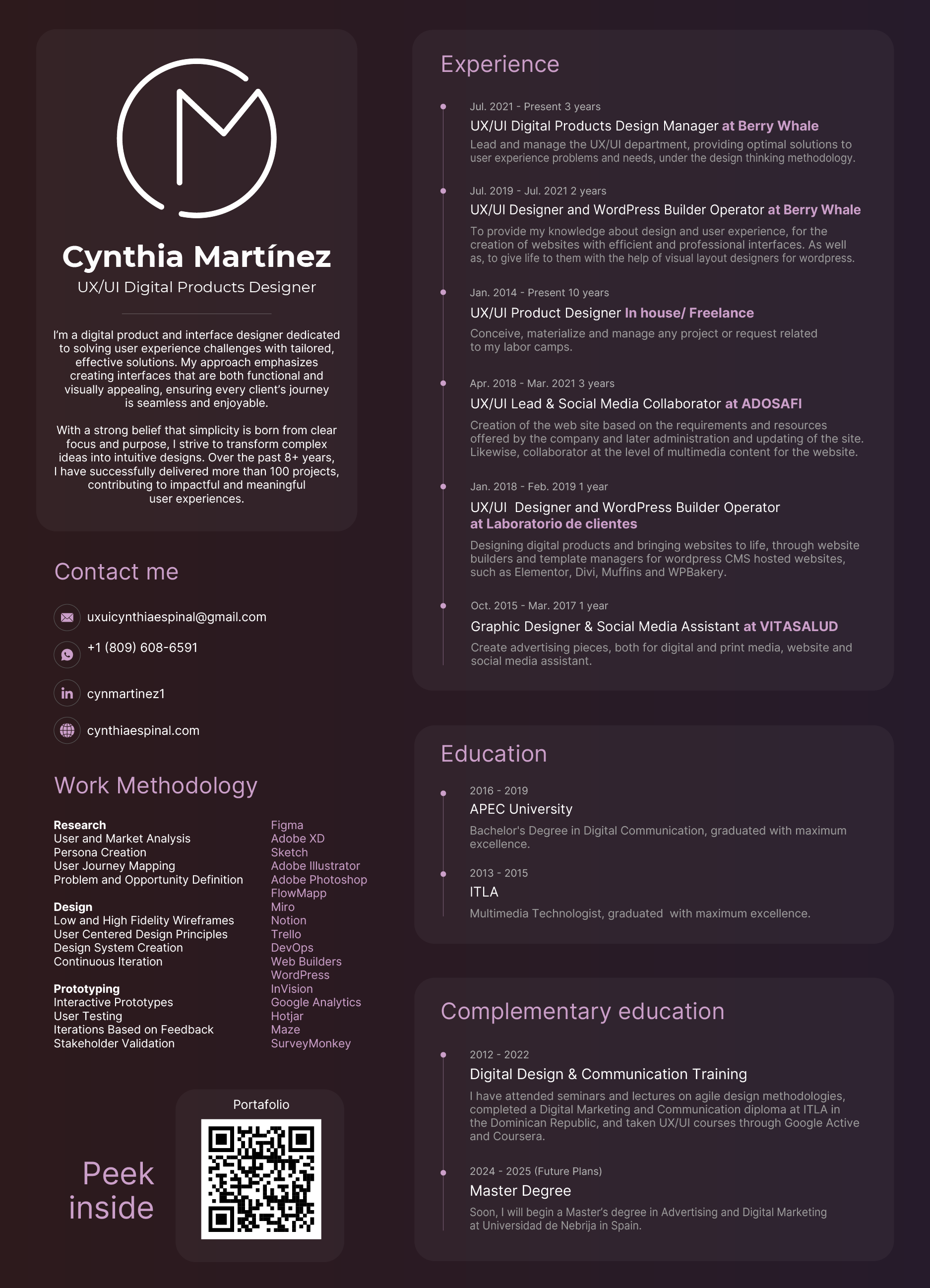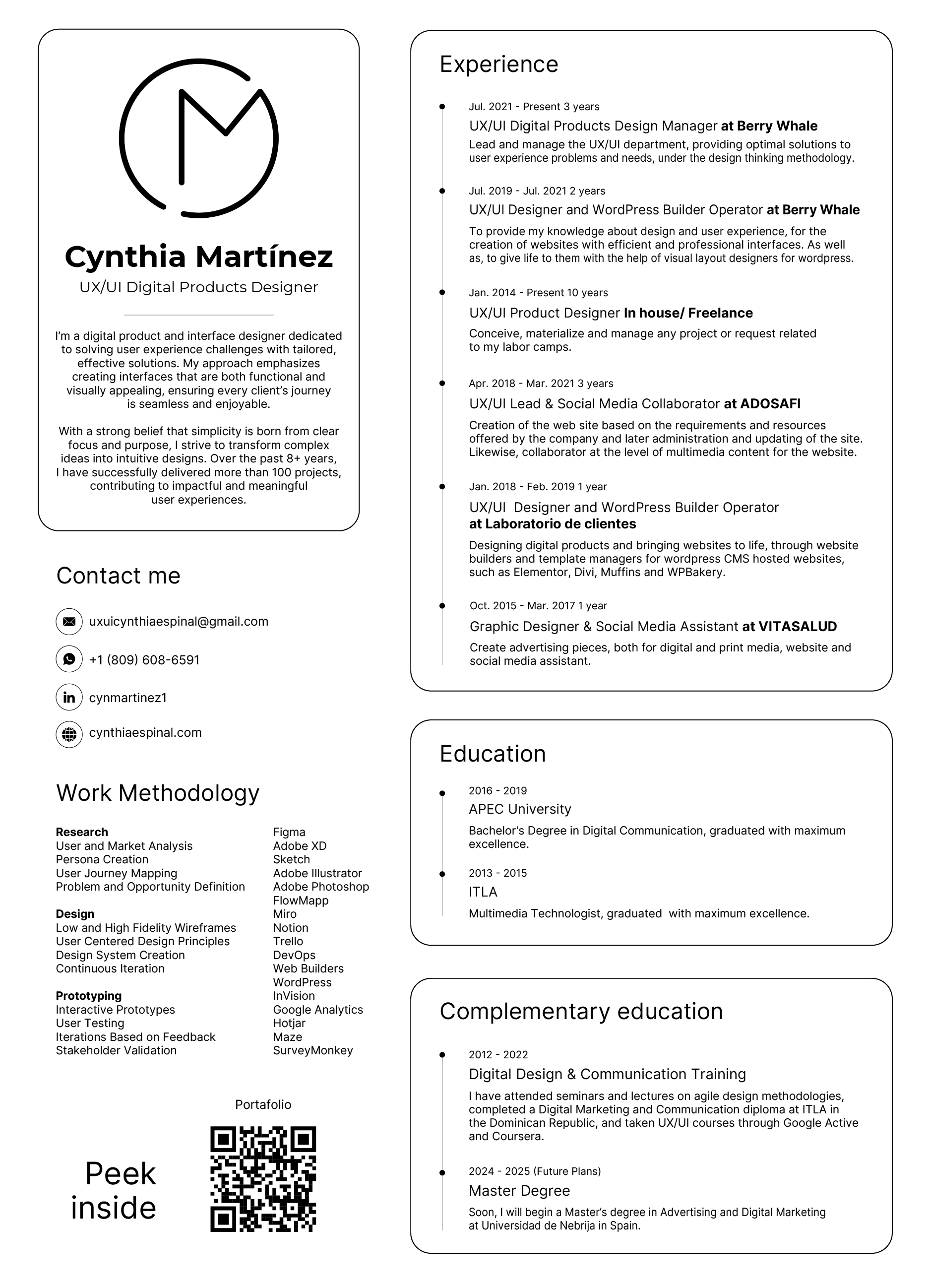We often cling so tightly to what we believe is right or wrong that we forget to truly discern. In design, this can lead us into a trap: instead of applying our own judgment and experience, we follow rules mechanically, as if they were absolute truths.
Some time ago, I was part of a project that was very important to me, one that gave me a lot of personal growth. But it also came with a situation that tested the way I understood design. The project already existed—it had been created, launched, and was running in production—but then came a second design phase. This phase was meant to improve on what we had learned in the first release. Once again, I was asked to lead the design part of the project.
This time, however, some well-known auditors from Spain came in and applied Nielsen’s heuristics to the previous design. They pointed out that certain aspects were wrong simply because they didn’t align with the heuristics. And that’s when I realized something important: heuristics are guides, not absolute truths. Their value depends on how you apply them—on your context, your culture, your country, your target audience. The reality of a Latin American user is not the same as that of a European or an Asian user. We live under different circumstances, with different needs and behaviors, so applying heuristics blindly doesn’t always make sense.
The Professional Dilemma
Take one of Nielsen’s heuristics, for example. In simple words, it says that the design should adapt to the user’s reality and that there are certain things you shouldn’t do. But what if those very things are exactly what work in my country? If that’s how my audience responds, then I have to adapt to that reality, even if it breaks a so-called rule.
So there I was, faced with a dilemma: should we follow the heuristics to the letter, or should we adapt them to what actually works? There are ten heuristics in total. If your design meets the minimum standard, that’s already good. Are you supposed to fulfill all of them? Ideally, yes. But in practice, they are just basic rules—helpful, but not sacred.
And that led me to a bigger question: why do professionals sometimes cling so tightly to rules as if defending them were more important than defending their own experience? Rules are something someone once invented, and then everyone else followed. Trends work the same way. But you could also be the person who creates a new trend that others follow, and that doesn’t necessarily mean it’s right either.
A Closing Reflection
I don’t mean to say heuristics aren’t valuable—they are. They show us what generally works when we design in that order. But as professionals, we also need to think critically. We can’t just lean so heavily on rules that we stop using our own judgment. That was, in fact, what was frustrating the project for a while.
In the end, I compared their feedback with other heuristics and combined it with my own perspective as someone who deeply understands the local users. The report I presented was solid, well-supported, and very well received. It became clear that the heuristics weren’t wrong, but not all of them applied to my context. My audience was different, and that was okay. A heuristic can be valid, but that doesn’t mean it always fits everything, or that a design will be 100% aligned with every rule.






